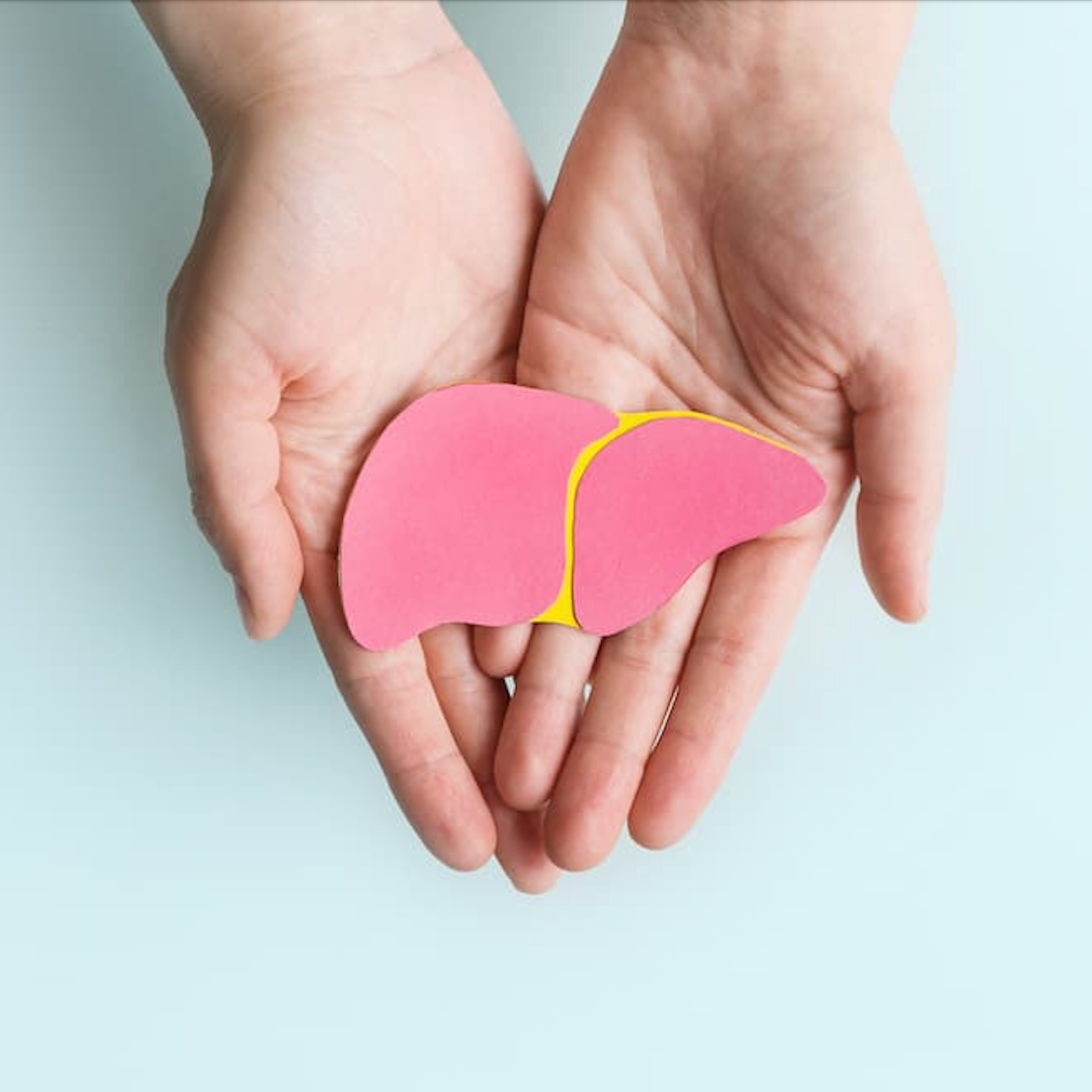How One Woman Is Fighting for Early Screening After a Decades-Delayed MASH Diagnosis
Dianne Gillard’s journey to a fatty liver disease diagnosis took 19 years — now she’s using her voice to push for early screening and better care.
By
Lana Pine
| Published on June 24, 2025
5 min read
Credit: Adobe Stock/Ekaterina

Welcome to Day 2 of our special three-part series on fatty liver disease, created in partnership with the Global Liver Institute (GLI). Today, we spotlight Dianne Gillard, a passionate patient advocate from the U.K. whose diagnosis of metabolic dysfunction-associated steatohepatitis (MASH) came nearly two decades after her first symptoms. In an interview with The Educated Patient, Dianne shares the frustration of being overlooked by the health care system, how she’s found purpose through advocacy, and why early screening and education are urgently needed to change the course of this growing disease.
Can you share how you were first diagnosed with fatty liver disease?
Dianne Gillard: It wasn’t until 2021 that I was officially diagnosed. I went to Lewisham Hospital, where a FibroScan confirmed high levels, and I was referred to King’s College Hospital. After undergoing more tests and scans, I was diagnosed with NASH — which is now called MASH. But looking back, from my first symptom to diagnosis, it actually took 19 years.
In 2002, I had a swollen leg. My doctor just offered 20 free weeks at Weight Watchers and told me to lose weight. That was the beginning of a long journey of being overlooked. Once we got online access to our medical records, I discovered that in 2008 I had abnormal liver function tests, and in 2013 a scan showed fatty liver, an enlarged spleen and gallstones. But nothing was followed up. By the time I reached King’s in 2021, I was Stage 4 MASH with cirrhosis and fibrosis.
How did you feel emotionally after receiving the diagnosis?
DG: Initially, it was shock. You turn to Dr. Google, and it becomes overwhelming. Then I started connecting the dots — symptoms I had mentioned to doctors in the past were overlooked. The swollen leg in 2002, for example, could have been an early sign. But I was treated like just a “fat person who needed to lose weight.” It made me bitter and angry. If they had acted in 2013, maybe the damage could have been reversed. Now I can only manage it.
What has your treatment journey been like?
DG: After being referred to King’s, I joined a clinical trial. I went every other Tuesday for three years for an infusion. Each visit included blood tests, FibroScans and ultrasounds. I felt safe and monitored. The trial ended last November, and after a washout period, I hope to join another trial soon. Being under the care of King’s helps me feel secure.
Have you made any lifestyle changes to support your liver health?
DG: Yes, I had to make food-related changes. Back when my children were young, I had a disabled husband and two sick parents. I came last. Takeout was easy and became a habit. I admit that lifestyle played a role, but changing habits is hard. Now I watch for red labels on food packaging and aim for yellow and orange. It’s not easy, especially with rising food costs, but I try. If I don’t do it, I’m only letting myself down.
What role has GLI played in your advocacy journey?
DG: In 2023, King’s put me forward to attend the European Association for the Study of the Liver Congress in Milan. While there, I interviewed Jeff McIntyre from GLI. That led to a scholarship to attend GLI’s Advanced Advocacy Academy Program in Washington, D.C. They even came to the U.K. this past March. I hope to return to D.C. this September. GLI has been incredibly supportive and helped me grow in this role.
What advice would you give someone newly diagnosed with fatty liver disease?
DG: Change your lifestyle if you can. Look after your liver. If you don’t, it will only get worse. It’s better to prevent or reverse it early than be in the position of just managing it.
Is there anything else you’d like our audience to know?
DG: Early screening is vital. I work near two schools and see teens buying chicken and chips after school every day. We need screening programs for youth, maybe starting at age 13. Today’s 13-year-olds could face liver disease by their 20s. It frightens me. My 13-year-old grandson loves his takeaways. They don’t realize what they’re doing to their bodies.
Fast food marketing is so appealing — colorful, fun and affordable. But unlike cigarettes, which now come in ugly, standardized packaging with health warnings, junk food still looks cheerful and inviting. Why don’t we show what a diseased liver looks like on a fast food box? We need to be more honest about the risks.
This interview was edited for clarity.

